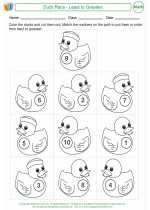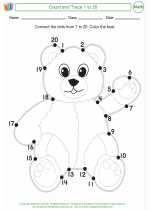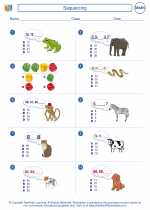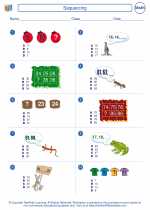The Fibonacci Sequence
The Fibonacci sequence is a series of numbers in which each number is the sum of the two preceding ones. It starts with 0 and 1, and the subsequent numbers are generated by adding the two previous numbers together.
The sequence begins: 0, 1, 1, 2, 3, 5, 8, 13, 21, 34, and so on.
This sequence is named after Leonardo of Pisa, who was known as Fibonacci. He introduced this sequence to the western world in his book "Liber Abaci" in 1202. However, the sequence had been previously described in Indian mathematics.
The Fibonacci sequence has many interesting properties and appears in various areas of mathematics and nature, such as the arrangement of leaves on a stem, the branching of trees, and the breeding patterns of rabbits.
Mathematically, the Fibonacci sequence can be defined by the recurrence relation:
Fn = Fn-1 + Fn-2, where F0 = 0 and F1 = 1
This simple formula allows us to generate the Fibonacci numbers and explore their properties in various mathematical contexts.
Overall, the Fibonacci sequence is a fascinating and important concept in mathematics, with applications in both theoretical and real-world settings.
[Fibonacci Sequence] Related Worksheets and Study Guides:
.◂Math Worksheets and Study Guides First Grade. Sequencing

 Activity Lesson
Activity Lesson
 Activity Lesson
Activity Lesson
 Activity Lesson
Activity Lesson
 Worksheet/Answer key
Worksheet/Answer key
 Worksheet/Answer key
Worksheet/Answer key
 Worksheet/Answer key
Worksheet/Answer key
 Worksheet/Answer key
Worksheet/Answer key
